Dream of Joseph
Oil on canvas, 49 x 65 cm
Ancient Roman frame called "Maratta", carved and gilded wood, cm 61 x 76
In the Christian tradition, the episode of Joseph’s dream is a significant event narrated in the Gospel of Matthew. It is a series of dreams through which Joseph, Mary’s husband, receives divine messages that guide his actions in crucial moments. In this particular episode the angel appears in flight indicating to Joseph the new way to escape the angherie of King Herod as written in o Matthew (2:13). The stylistic and compositional construction undeniably refers to Naples, in particular to one of the most famous painters of the 17th century Neapolitan school: Paolo de Matteis.
The work is linked to the Jordanian ways, which influenced all artists of the time: for example, look at Giuseppe’s dream of the Indianapolis Museum of Art, Whose construction, with the angel flying obliquely and Joseph who sleeps holds his face with one hand undeniably refers to our painting.
Student of Luca Giordano, the De Dominici provides us with a detailed biography of Paolo de Matteis, from which it appears that "infin from the years of puerizia he showed inclined to painting, laonde the father to secondar his genius he led him to Naples where he went drawing in the churches the works of the most renowned masters of that time. But this study was interrupted by his father who, on the advice of friends, wanted to make him learn letters as a ladder for which one ascends most happily to great honors. But after some time he begged his father to let him" return to painting. Around 1682, he went to Rome where he met the painter Giovanni Maria Morandi, who introduced him to the lively artistic circle that was the Academy of S. Luca, a true melting pot of moderate-Baroque in line with the dictates of the theorist Giovan Pietro Bellori and the painter Carlo Maratta


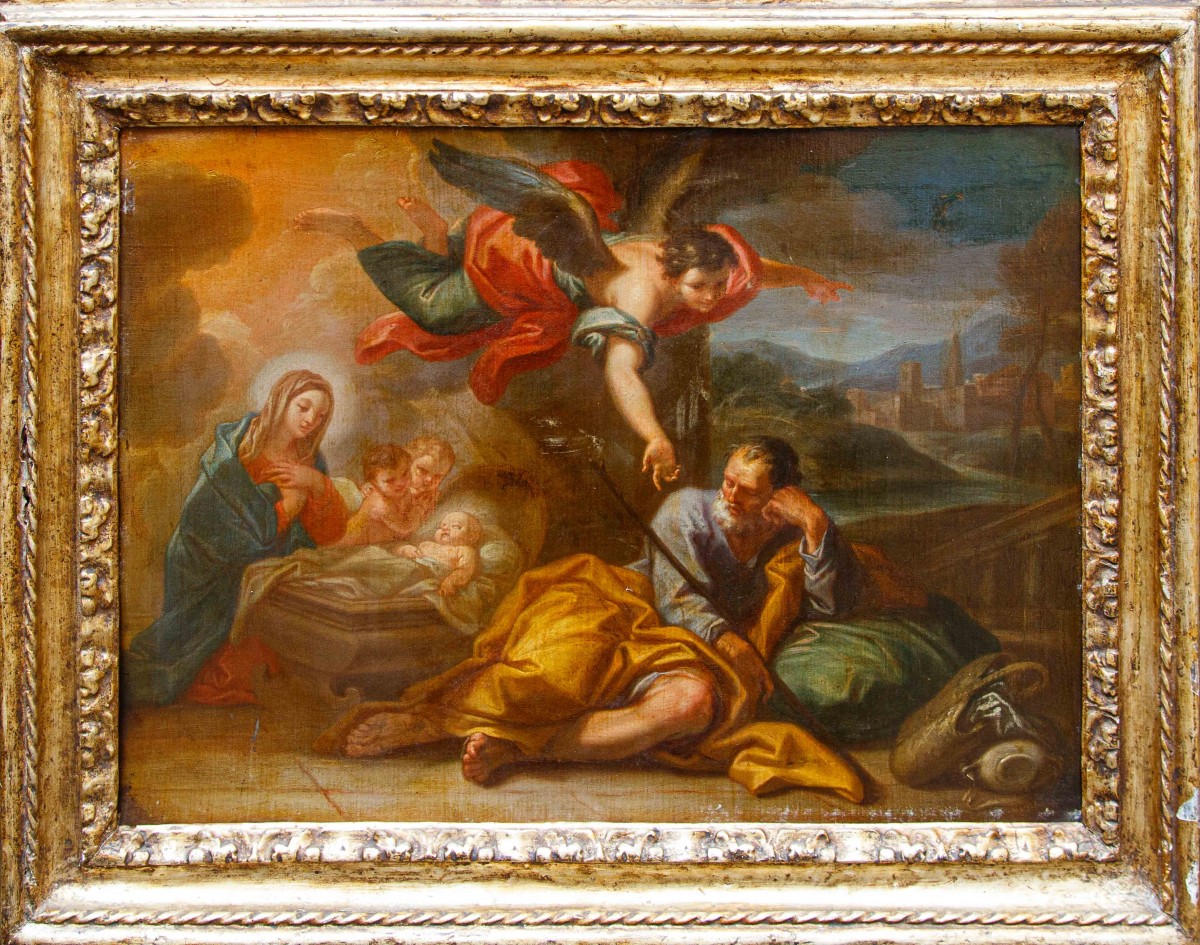



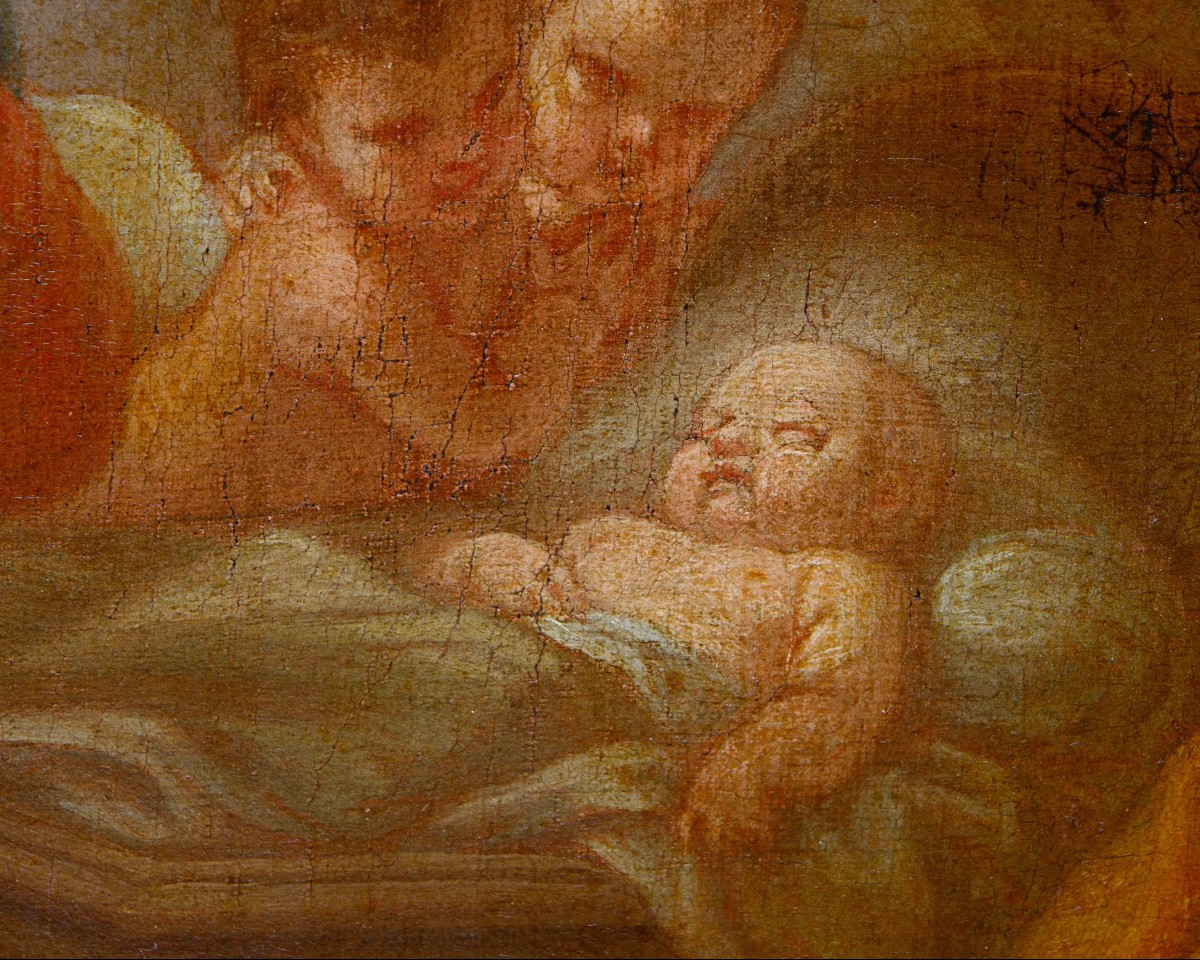
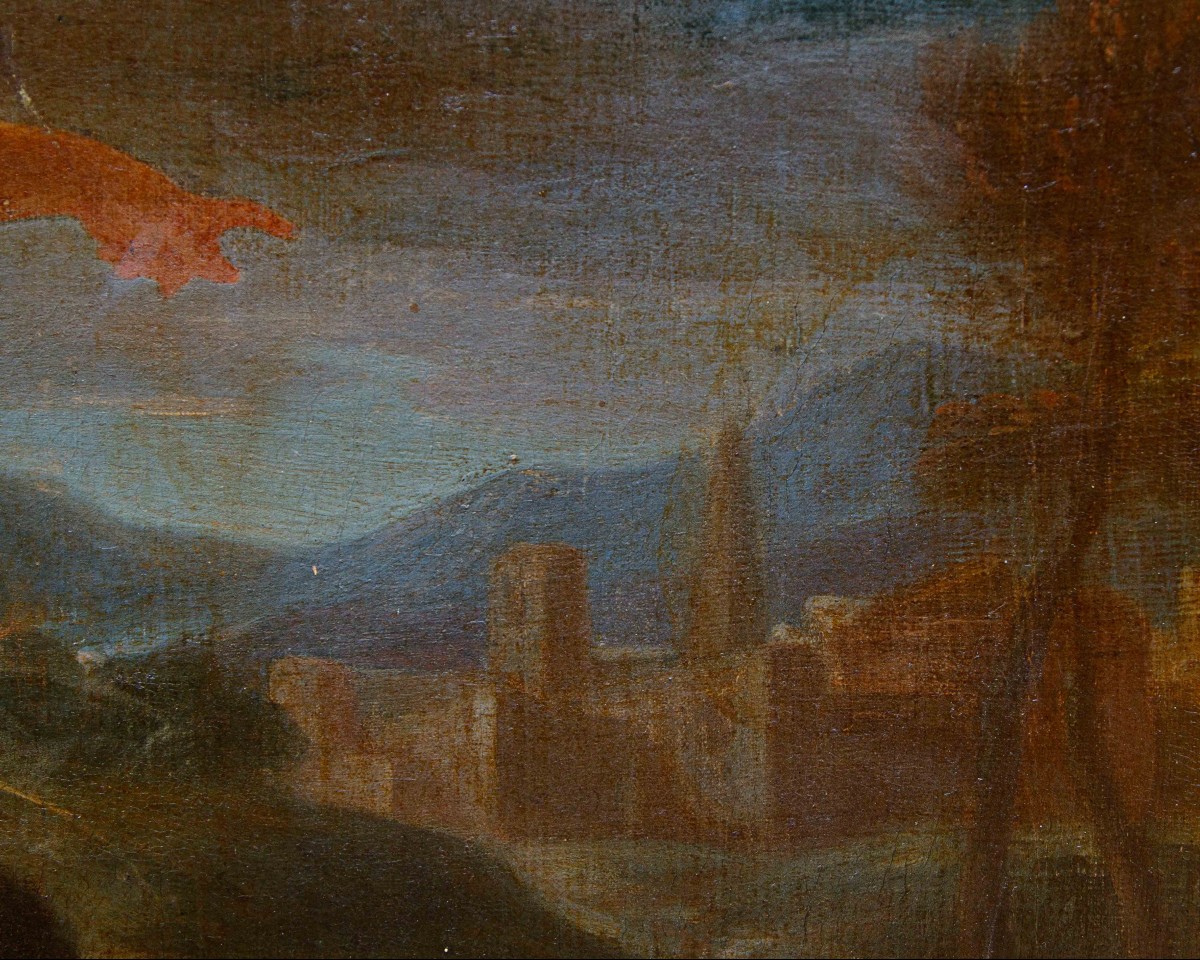















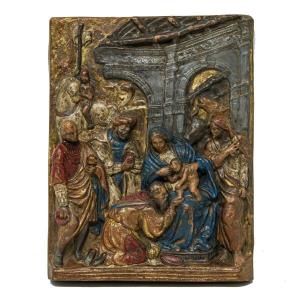





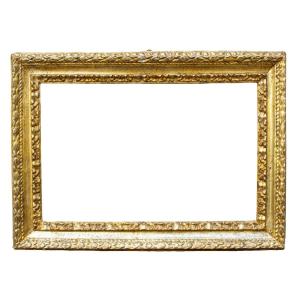




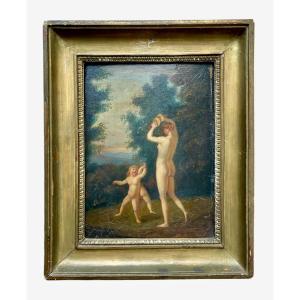





 Le Magazine de PROANTIC
Le Magazine de PROANTIC TRÉSORS Magazine
TRÉSORS Magazine Rivista Artiquariato
Rivista Artiquariato